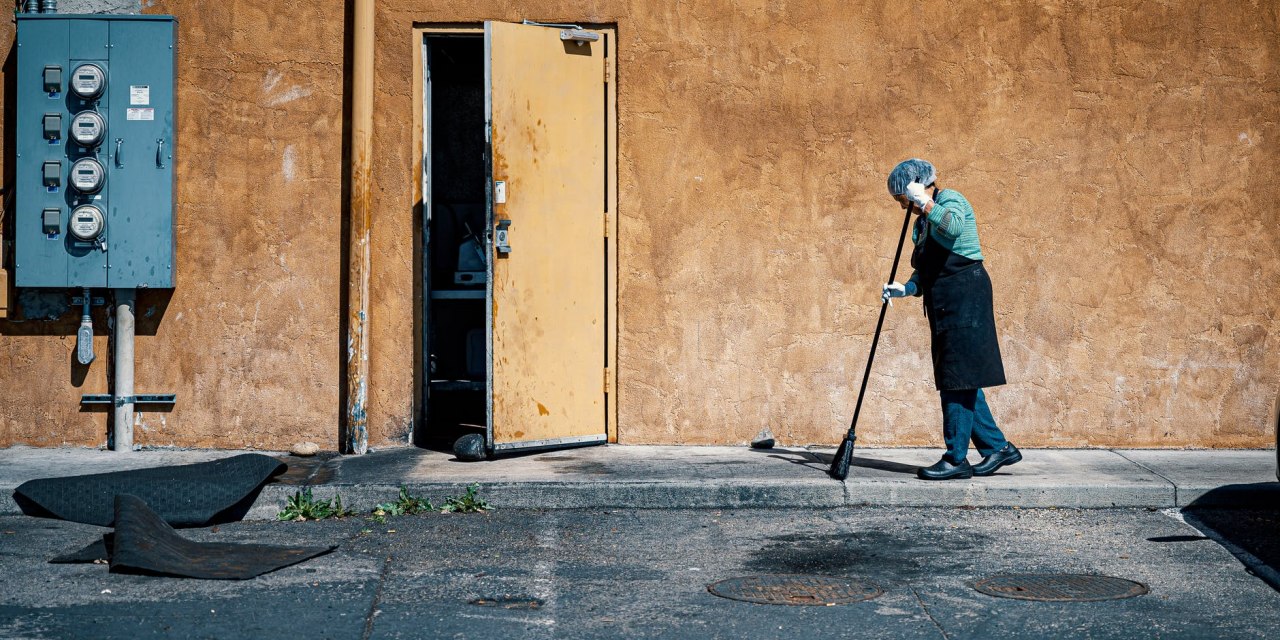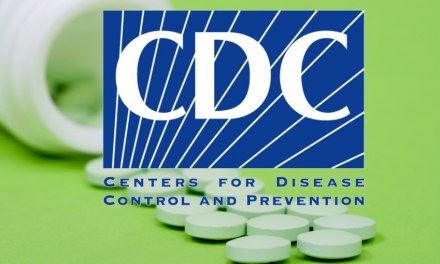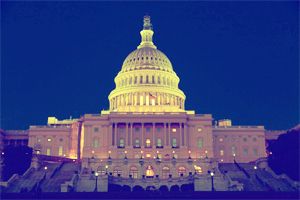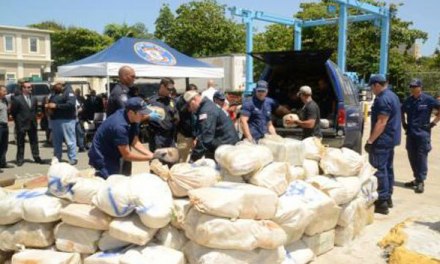Time for more tidying up, in the aftermath of the opioid epidemic.
Odd, because the opioid epidemic isn’t over yet. In fact, it’s still growing. Now hand-in-hand with a number of other substances — old stand-bys such as cocaine and meth, plus newer additions like fentanyl and others.
The latest legal wrangles stem from early years, when Big Pharma was helping to lay the foundation for what became a full-scale prescription drug epidemic. Now experts see that as simply the first wave of three. Forgive us for oversimplifying, but here’s how that happened.
- First, somebody had to come up with a new and improved painkiller they believed could be marketed as both more effective and safer than those currently on the market. An ‘extended release’ opioid that, they believed, was ideal for long-term use in managing chronic pain. An opioid that when used under medical supervision, would rarely if ever prove addictive.
- They set out to find the necessary support within the pharmaceutical industry. That turned out to be a family-owned firm, Purdue Pharma. They took on the task of introducing and promoting it in the marketplace.
- Early outreach and promotional efforts focused on gatekeepers, such as physicians, hospitals, and benefits managers. We’re talking about an opioid, don’t forget, so there was some hesitancy around safety. After all, opiates had been around for 5000+ years and we’d yet to find one that didn’t carry the risk of abuse and addiction. Intensive sales efforts were needed to convince prescribers and the government that these opioids were no longer a cause for worry .
- Their timing was excellent. Customers were eager to hear their sales pitch. Chronic pain was getting more attention than ever, and chronic pain patients are the ideal target market for painkillers, since they remain on the medication indefinitely (often, permanently). That’s a lot of repeat business. From a revenue perspective, what’s not to like?
- Then, over time, trouble surfaced. The pain clinics and pill mills, with significant diversion of opioids to the street — often still in the original packaging. Look-alikes for Oxy and others, indistinguishable from the genuine article yet containing who knew what? A torrent of overdoses and fatalities. Newspaper accounts of bodies in fast-food restrooms and alleyways. It was not the medical miracle we had been promised.
- America begins to wake up. “Holy crap! What happened?” and “Whose fault is this?” Not us, insist the makers and distributors, growing nervous.
Eventually the lawsuits appear, the Courts grind into action. And here we are, deep in the weeds with the justice system.
This week’s big news: New York State’s wide-ranging lawsuit enters the trial phase: Major Trial Against Opioid Suppliers Begins in New York
Two principal differences from the previous legal actions that arose from the crisis:
- New York has spread its net all up and down the line. There are seven defendants, manufacturers, distributors, subsidiaries. It’s a new wrinkle.
- Most important, the verdict is in the hands of a jury, not a judge. Now that is different.
The Settlements: A number of potential defendants have already seen the writing on the wall and settled. They will be spared the pain and embarrassment and bad pub that goes along with a trial. The settled include Walgreen’s, CVS, Walmart, Rite Aid, and now Johnson & Johnson.
J&J settled with the State of New York for a cool $230 million, and a promise to stay out of the opioid biz in the US, period. Probably grateful to get out at all. They have other problems to worry about.
No admission of wrongdoing or responsibility on the part of the defendants, of course.
The Trial: the remaining defendants, including some seriously big players, will no doubt rely on traditional strategies. They’ll blame anyone else they can think of. They’ll likely claim that fault lies with the doctors who wrote the prescriptions, the DEA who should have kept closer watch, the complaining governments who failed to act promptly. Oh, law enforcement, where were they, huh?
Be interesting to see how that plays in front a jury.
Anyway, if NY wins this latest round, a second jury will be tasked with assigning damages.
This could really drag on. Any money awarded will go to ‘mitigating harm’ and related activities such as treatment and prevention.
Slightly off subject, but also in the legal realm: a North Carolina settlement between the State and Juul, makers of electronic smoking devices: Juul to Pay $40 Million to Settle N.C. Vaping Case
Juul – remember, it’s owned by the giant corporation that makes Marlboros and a range of other tobacco, alcohol and cannabis products – has agreed to pay $40 million to make up for deceptive marketing involved in designing their products to attract underage users, all the while claiming they weren’t.
Once again, with no admission of responsibility or wrongdoing, etc. They continue to insist their motives were pure.
One plaintiff down, 13 more to go. Word of an imminent settlement involving some of the remaining litigants, totaling $26 billion.
We’ll see what happens.












